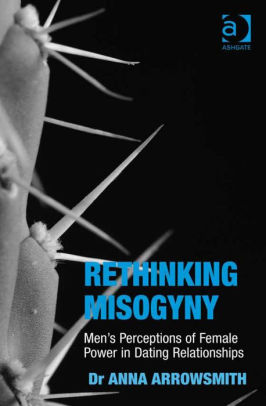Rethinking The Color Line Ebook

Apr 16, 2018 - @rethinkingschools; RS Blog. Follow Us; Facebook Twitter. Cookies are required for this website to present certain basic features.
Introduction to Teaching for Black Lives Black students’ minds and bodies are under attack. Fifteen-year-old Black student Coby Burren was in geography class at Pearland High School near Houston in the fall of 2015. As he read the assigned page of his textbook, he noticed something that deeply disturbed him: A map of the United States with a caption that said the Atlantic slave trade brought “millions of workers from Africa to the southern United States to work on agricultural plantations.” Coby took a picture of his textbook and texted it to his mother, adding, “We was real hard workers wasn't we,” along with a sarcastic emoji.
Not only had the McGraw-Hill textbook replaced the word “slave” with “workers,” they also placed the chapter on the enslavement of Africans in the chapter of the book titled “patterns of immigration”—as if Africans came to the U.S. Looking for a better life. In the winter of 2017, a mother in Connecticut wrote about how she was troubled by a worksheet on slavery that her daughter had completed for school. The question asked, “How were the slaves treated in Connecticut?” Her daughter had initially written, “The slaves were treated badly and cruelly,” but crossed that out and replaced it with the answer that was written in the textbook, which stated slaves were, “often cared for and [the slave owners] protected them like members of the family.” From the north to the south, corporate curriculum lies to our students, conceals pain and injustice, masks racism, and demeans our Black students. But it’s not only the curriculum that is traumatizing students.
In October of 2015, a Black girl in South Carolina was ripped out of her desk and thrown across the room by a police officer in the school for allegedly refusing to put away her cell phone. The video captured by a classmate of the incident went viral. The officer who brutalized the girl was not charged with a crime and instead both the girl videotaping and the girl thrown across the room were arrested and charged with “disturbing schools.” In May of 2017, surveillance video revealed a police officer at Woodland Hills High School in Churchill, Pennsylvania, choked and body slammed a Black boy in the office. Recent data reveals that school security officers outnumber counselors in three out of five — and four out of the top ten — of the biggest school districts in the country, including New York City, Chicago, and Miami-Dade County, and Houston. These examples reveal some of the policies that result in pushing kids out of school, making it difficult to graduate, then difficult to get a job, and finally more likely that they will end up in jail. This school-to-prison-pipeline begins with a curriculum that conceals the struggles and contributions of Black people and other people of color. It is a curriculum that fails to respect young Black people as intellectuals, and ignores their cultures, communities, and concerns.

In the majority of textbooks, African Americans struggles and contributions are minimalized, portrayed as blatant stereotypes, or confined to a few roles that are acceptable to mainstream white society. This absence (or destructive presence) begins in elementary and continues throughout a Black student’s schooling.
Even when teachers include African American history, they often fail to consider the methods used to teach about Black lives to Black and non-Black children. Dc988 pc camera drivers. Command and control lecture and rote memorization are not effective means of teaching for Black lives.